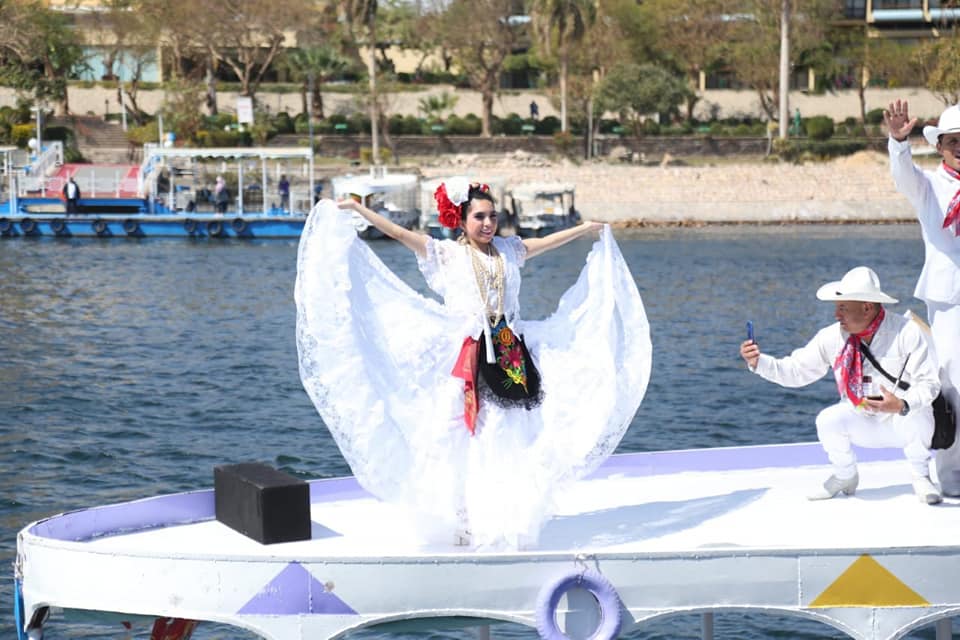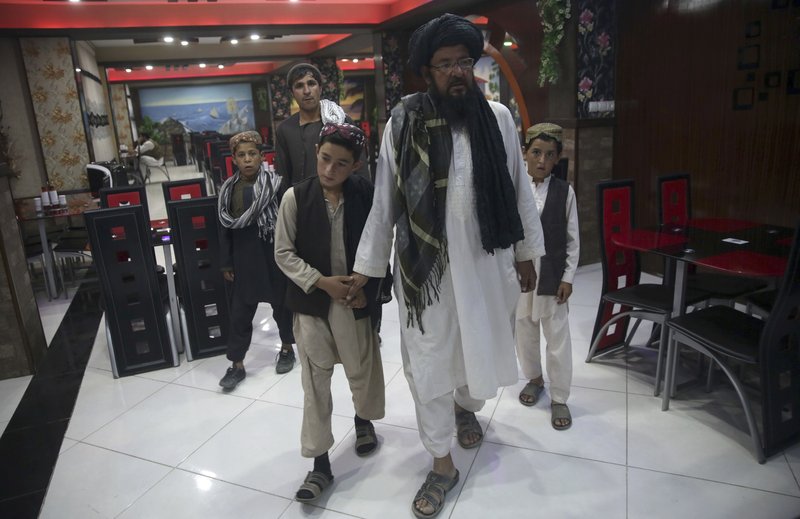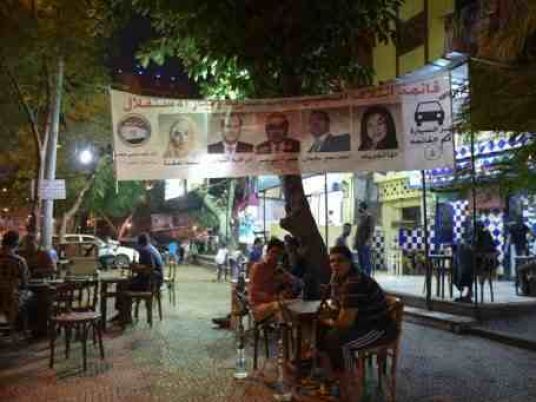“And, in return for magical powers, the Sultan’s daughter spared the serpent’s life,” narrated storyteller Dalia el-Gendi, unfolding the story to a captivated audience.
El-Gendi, along with several fellow members of Egypt’s el-Warsha theater troupe, was rehearsing for a performance marking her graduation from a storytelling course. Each of the seven young, talented storytellers recited a folktale taken from Fatouh Ahmed Folktales of Daqahlia. El-Warsha director Hassan el-Geretly had taught them how to use body language and voice to bring to life the ancient tales, letting their presence enhance rather than overshadow the plot. Gradually, their gestures are tangled with their stories and consequently they themselves become the story. Hence, the storyteller, with his or her elaborating and clarifying gestures, is as important as the words.
Emad Ismail’s retelling of El-Shater Hassan (Clever Hassan) stood out, as did Doaa Hamza’s story of a genie in a box and El-Gendi’s story of the Sultan’s daughter. All three storytellers created enchanting worlds where “fields are scattered at the back of the sultan’s daughter,and jinneyes hide in old boxes.“
This is not el-Warsha’s first venture into the sadly fading world of storytelling. In 2007, in partnership with Goethe Institute and the French Cultural Center in Alexandria, el-Warsha members compiled 13 stories from the oral history of the Siwa Oasis in a publication called Desert Stories. Members of the troupe also participated in Hekaya, another project aiming to preserve storytelling techniques in the Arab World.
“Since I founded el-Warsha back in 1987, folktales have been part of our performances,” explained el-Geretly. “I realized that by focusing on storytelling performances, we were emphasizing an aspect of life that defies absurdity and death. We imitate what Sheherazad did every night to prolong her life.”
“Storytelling is an natural way to preserve and transfer ideas from one generation to the other. It served as the primary medium of spreading cultural and religious ideas long before history and geography, ” explained Nahla Emam, a professor of Rituals and Traditions at the Art Academy and one of the consultants of the Egyptian Archives of Traditional Culture.. “However, the method must be as interesting as the content, be it in the form of storytelling or a quote. The simpler it is, the more it preserves the authenticity of its message.”
Storytelling can also empower the storyteller. In 1998, the storytelling group Qalat Al Rawia (The Female Storyteller Said) was founded under the umbrella of the Women and Memory forum, headed by Hala Kamal. “The idea was to revisit and rewrite Arab folktales from a gender sensitive perspective,” explained Sahar el-Mougy, a writer and member the storytelling group. “Folktales bind women to two stereotypes. Either they are beautiful and passive, or ugly and wicked.” The first of it’s kind in the Middle East, members of Qalat Al Rawia used various techniques to convey their messages. “There are several degrees of rewriting; we can be inspired by an old story and put it in a modern context where women can be more active instead of only being beautiful, where they can be saviors instead of being saved,” continued el-Mougi, who later went on to create, with her colleagues from Qalat Al Rawia, the Ana el-Hekaya (I Am the Story) storytelling group. “The storytellers in Ana el-Heyaka are inspired by real, contemporary, underprivileged women. We work in collaboration with the AUC social research center, as well as young bloggers,” explained el-Mougi
Despite all these efforts, storytellers today are confronted with a dwindling audience. According to Emam, “Cartoons and kid’s television have standardized the image of story characters. Today there is only one Snow White, but to my generation, there was room for imagination.”
Hope for storytelling comes from the Egyptian Archives of Traditional Culture, established in 2007, which has collected 1,984 hours of video, 623 hours of sound recordings, and 95,739 photos from 24 governorates. Headed by Ahmed Morsy, chairman of the Egyptian Society for Folk Tradition, and supported by the Egyptian Ministry of Culture, authentic Egyptian folktales, arts and rituals are recorded in the offices of the National Archive, which is located in the historic building Beit el-Kharazati, at Gamalia.
All Egyptians are encouraged to contribute a story to the national archive.




